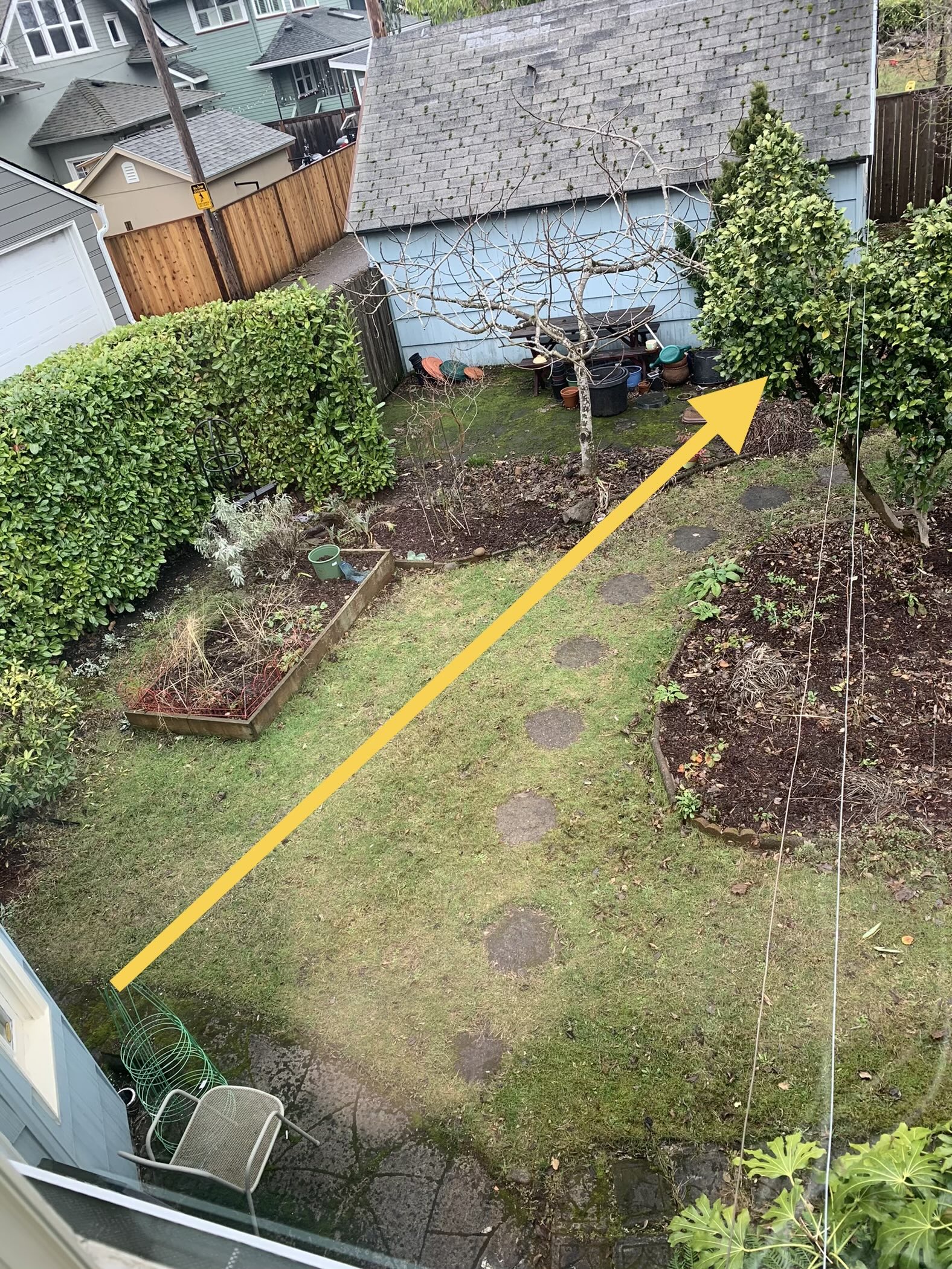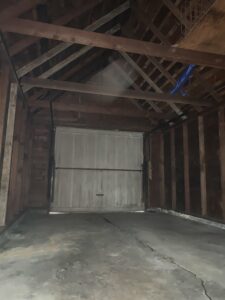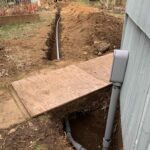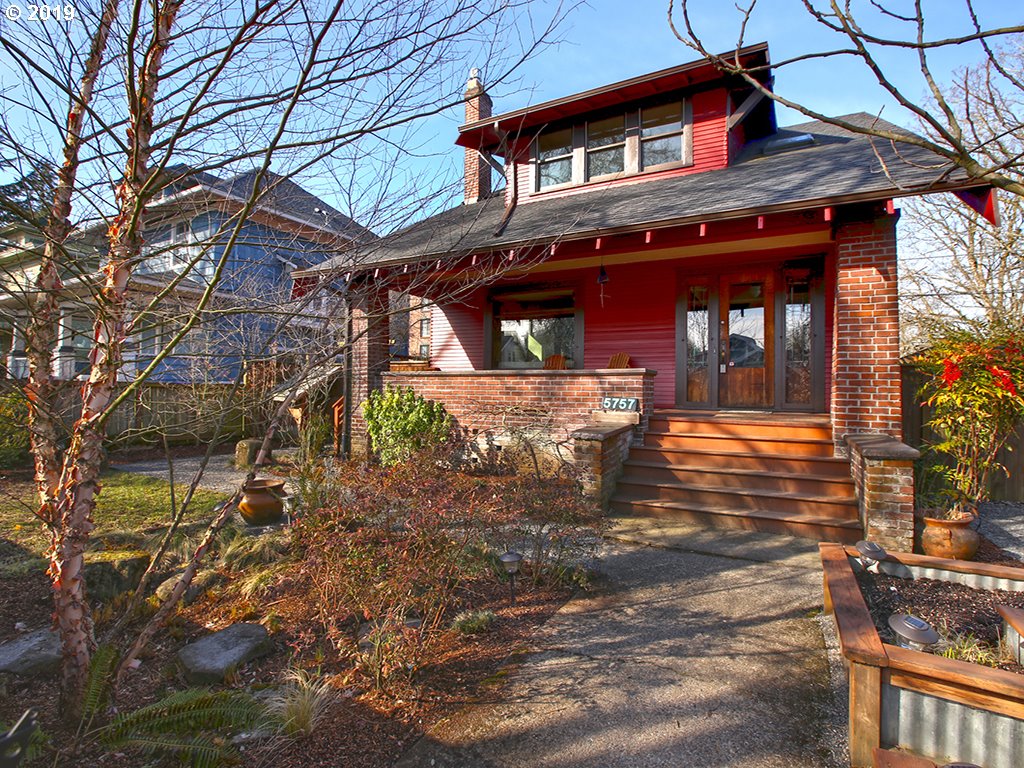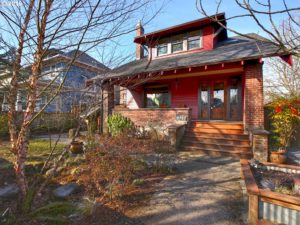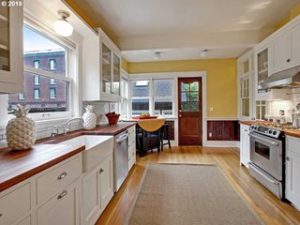If you came here for an easy answer, I’m sorry to disappoint you right off the bat. However, there really is no “right” choice between a new construction home and an older one. The best option depends on your lifestyle, needs, and current situation. For our purposes today, we’ll define “older” homes as those built before 1980. This was around the time when homebuilding practices changed with regulations on materials like lead-based paint and asbestos. Now, let’s dive into the pros and cons of each!
Advantages of New Construction
-
Turnkey
With new construction, you don’t have to worry about replacing stained carpet or refinishing the wood floors before moving in. If you’re not one for taking on home projects, the luxury of not having to do any renovations upon move-in is huge! -
Energy Efficiency & Up-to-Date Codes
Builders design new homes with energy efficiency in mind, often equipping them with the latest tech, like high-efficiency windows and insulation. They also follow current building codes, reducing the need for short-term upgrades and helping to keep energy bills lower over time. -
Builder Incentives
New construction homes sometimes come with financial incentives. Since builders have sales quotas, they often offer things like rate buydowns or closing cost assistance in order to meet them. This can provide you with some welcome savings, especially if you’re buying when rates are high. -
Customization Options
While they’re often built on spec, new homes sometimes allow for some customizations, like choosing finishes or exterior upgrades. Want a chef’s kitchen or that perfect bathroom tile? You might get to make those choices if you buy at the right stage. -
New Home Warranties
With a new build, you typically get a warranty from the builder, giving you coverage for certain defects or repairs during the initial years. This can give you peace of mind, especially with larger systems like plumbing or electrical.
Disadvantages of New Construction
-
Not All Builders Are Equal
Quality can vary significantly depending on the builder. It’s essential to research the builder’s reputation, ask for reviews from previous buyers, and consult with your agent. Many people assume a new construction home won’t need a home inspection, but that’s a myth. According to a 2022 study by the National Association of Realtors, nearly 1 in 4 home inspections on new construction revealed major issues, most often related to HVAC systems or safety. With tight deadlines and fully booked contractors, some details can slip through the cracks. -
Potentially Higher Price Tag
New construction can be priced higher than resale homes. However, this isn’t always the case, as some builders adjust their pricing depending on market conditions. With rising interest rates, some builders are pricing competitively to attract buyers. -
Less Character and Charm
Builders often design new homes to appeal to a broad range of buyers, which can mean they lack the unique features of older homes, like intricate woodwork or custom-built shelving. If you’re someone who loves character, this is really something to keep in mind (and something you may already understand about yourself already!) -
Flexible Timeline Needed
If you’re buying a new build that’s still under construction, you’ll need to be flexible with your moving date, as construction delays can happen. This is especially something to keep in mind if you’re navigating this purchase while also selling your current home.
Advantages of Older Homes
-
Established Neighborhoods with Character
Older homes are often found in neighborhoods with a more mature, established feel. You might find tree-lined streets, unique architecture, and a tight-knit community vibe that new developments may not offer. -
Great for DIY Projects
Many older homes have the potential for DIY renovations, letting you add your own flair. If you’re handy or enjoy home improvement (or are looking to grow your skills), an older property may be a perfect fit. -
Room for Negotiation
Older homes typically offer more room for negotiation, since the majority of the time you’re working with a private seller and not a company. If the home needs repairs or updates, sellers are often willing to work with you on price or closing costs. -
Unique Architecture and Materials
There’s a reason people say, “They don’t build them like they used to.” Older homes often used old-growth wood, which is lumber from trees that grew for longer, making it denser (more rings!!). This old-growth wood is more resistant to warping, rot, mold, and even has insect-repelling properties. If you’ve toured an older home with me, you’ve more than likely already heard me nerd out about this, lol! -
Larger Lots
Many older homes are built on larger lots, a big bonus for those with pets, or if you just prefer a spacious yard, garden, or outdoor entertainment area.
Disadvantages of Older Homes
-
More Maintenance and Repairs
It’s no secret that older homes often need more upkeep. You might be looking at replacing or repairing larger systems like roofing, plumbing, or electrical. These homes have had years of use, so more significant wear and tear is expected. -
Unknowns in Property History
While a thorough inspection can identify most issues, some problems—like past neglect—may only be uncovered over time. This adds a layer of uncertainty, especially if the home has been through multiple owners. -
Outdated Codes and Systems
Many older homes weren’t built with today’s building codes in mind. Common issues include outdated wiring or galvanized steel plumbing. In addition, we often see repairs done over the years that were done incorrectly (someone decided they could watch one youtube video and be an electrician). These issues can require costly corrections or upgrades, which can add to your overall investment. -
Possibly Unfavorable Floor Plans
Older homes sometimes have floor plans that feel a bit cramped or don’t suit a modern lifestyle. Tiny kitchens, small bathrooms, or a lack of open-concept spaces can be a challenge. While remodeling can address this, it’s something to consider if you’re looking for a home that’s already optimized for today’s living standards.
—
Choosing between a new construction home and an older one ultimately depends on your lifestyle, preferences, and budget. Both options have their unique appeal and drawbacks, but whichever path you choose, it should suit you and your family’s needs.
If you’re curious about which may work best for you, I’d love to sit down and chat about my experiences with both. Buying a home is a big decision, and there’s a lot to consider, so feel free to reach out with any questions or for a personalized consultation.
Let’s find the home for you!
—

